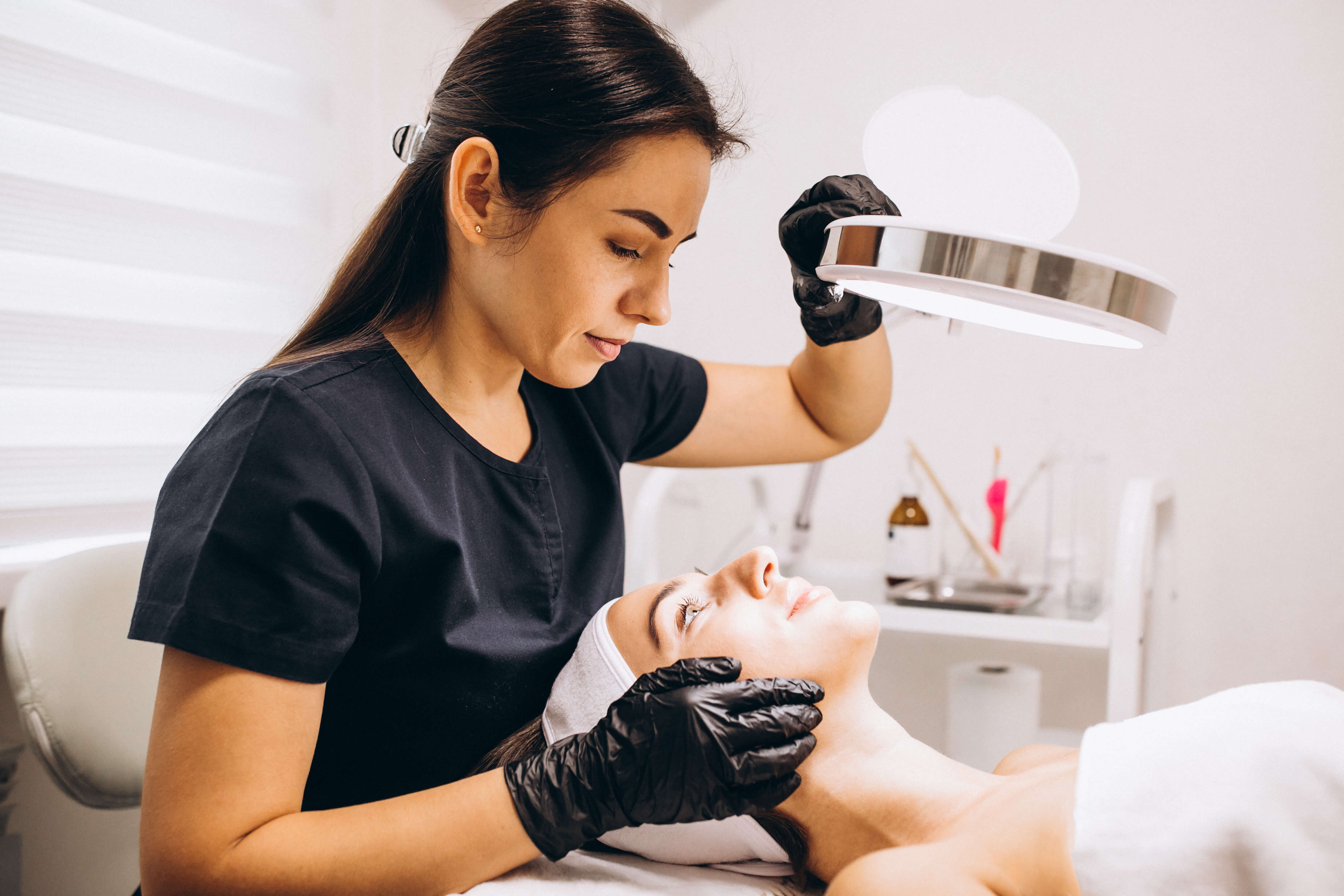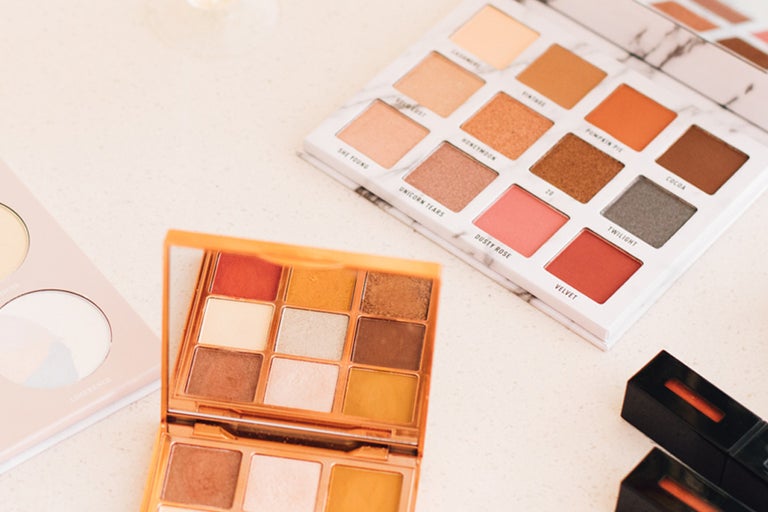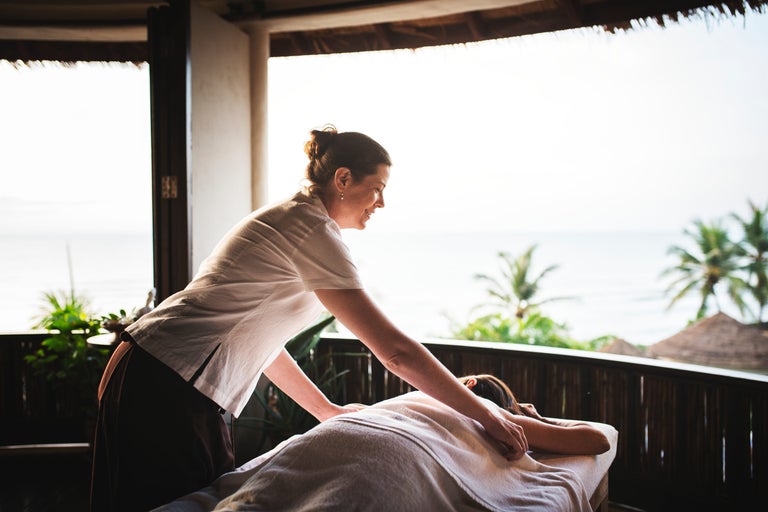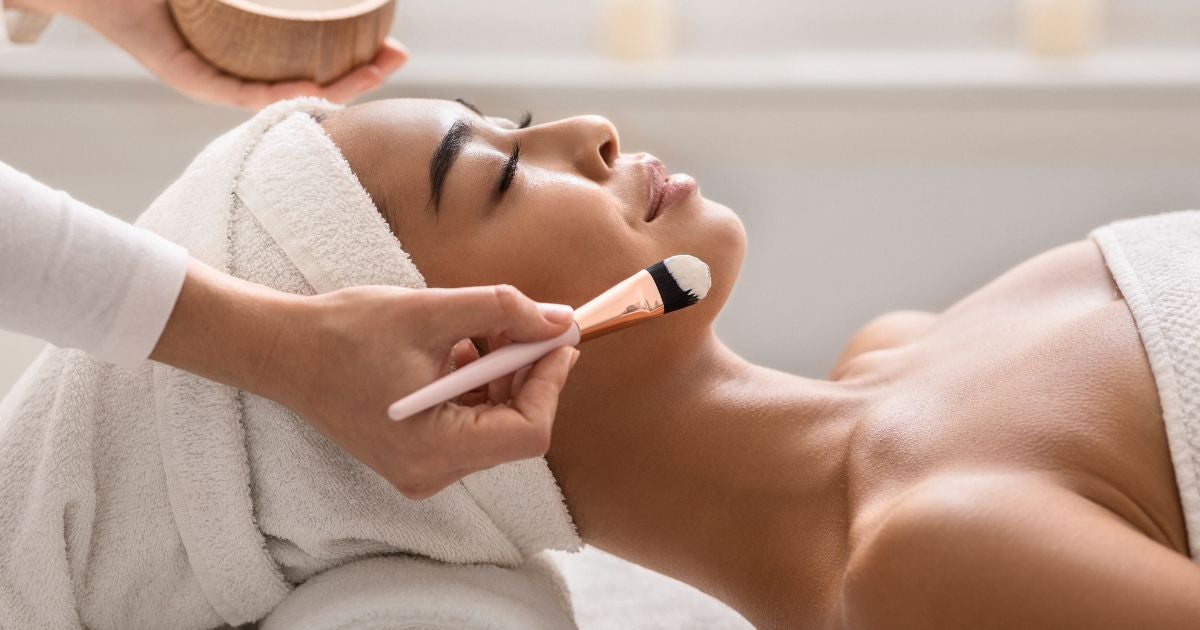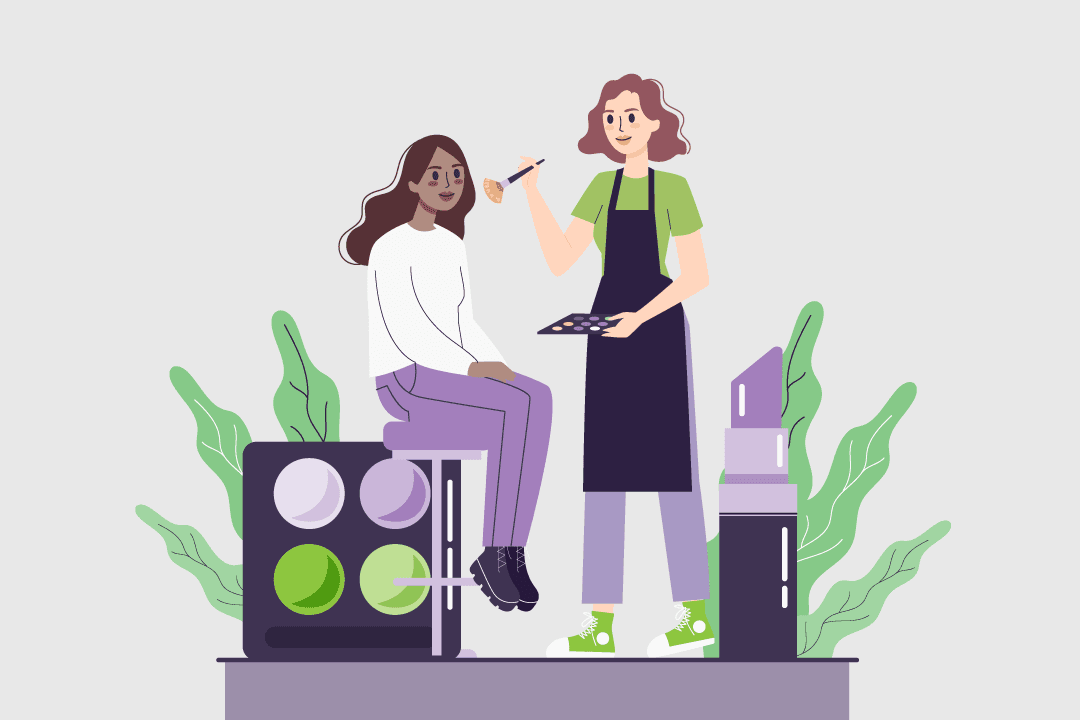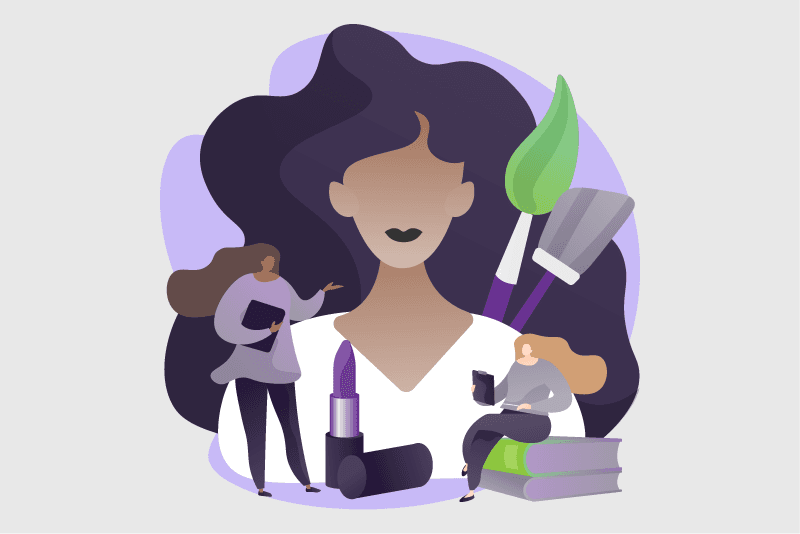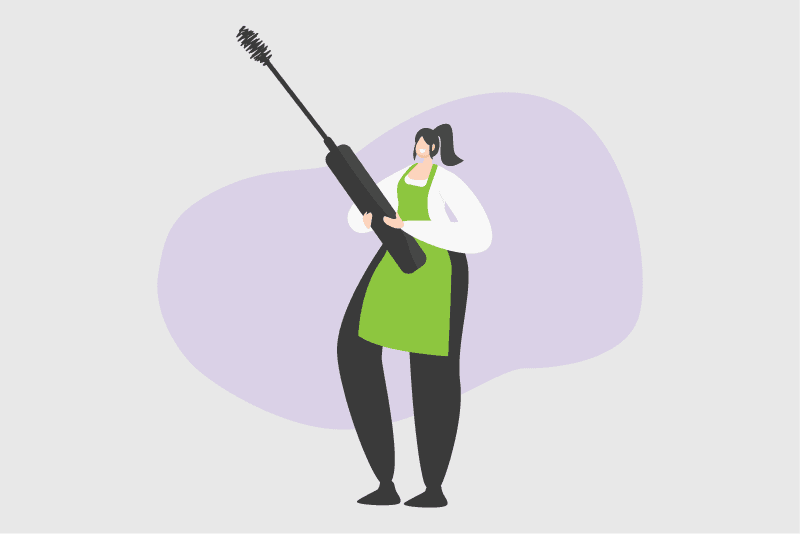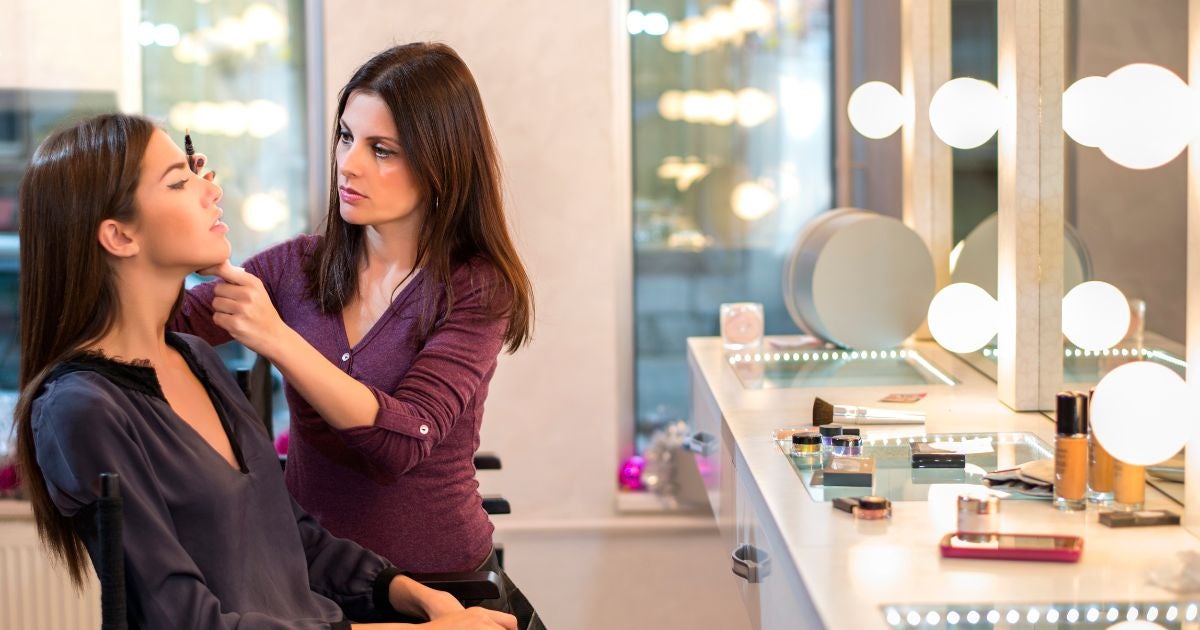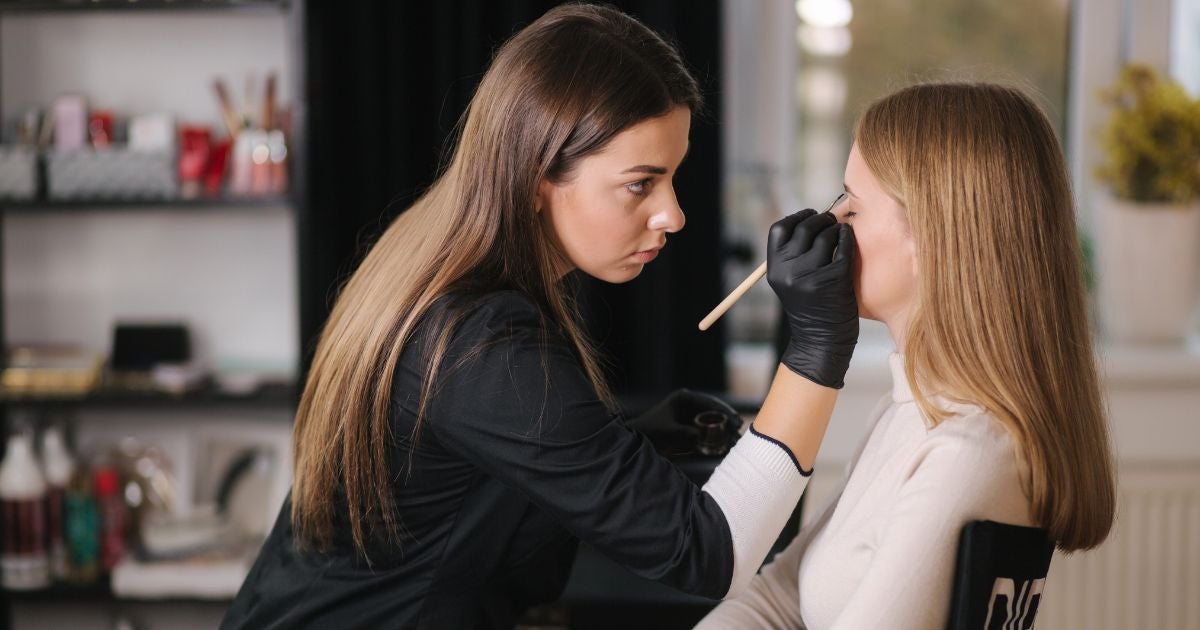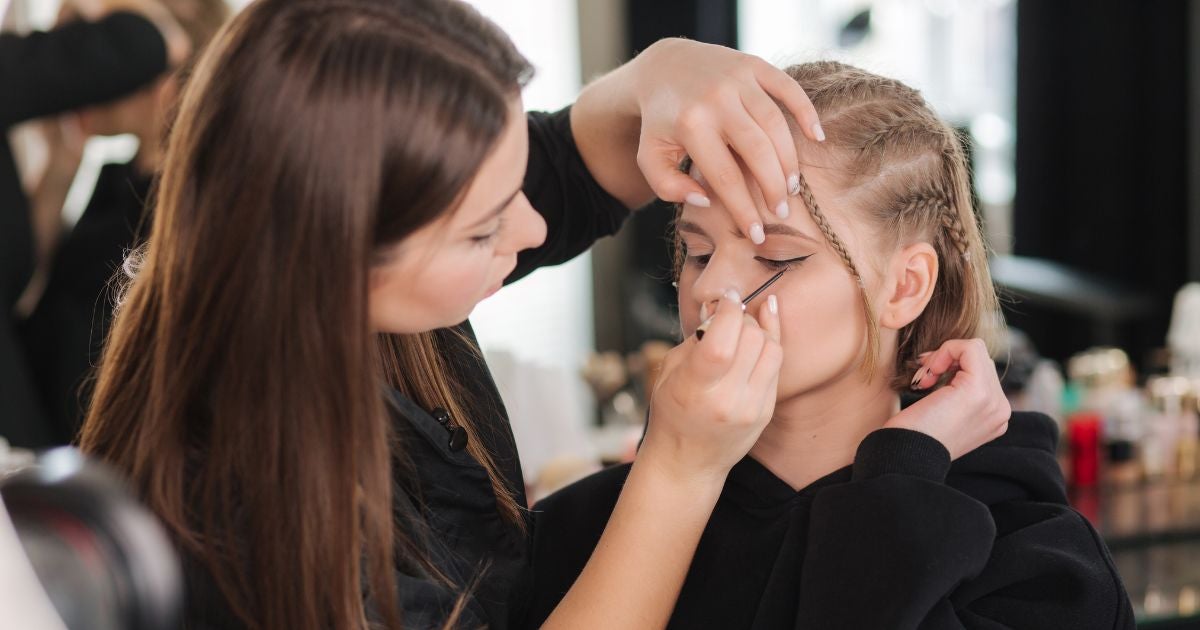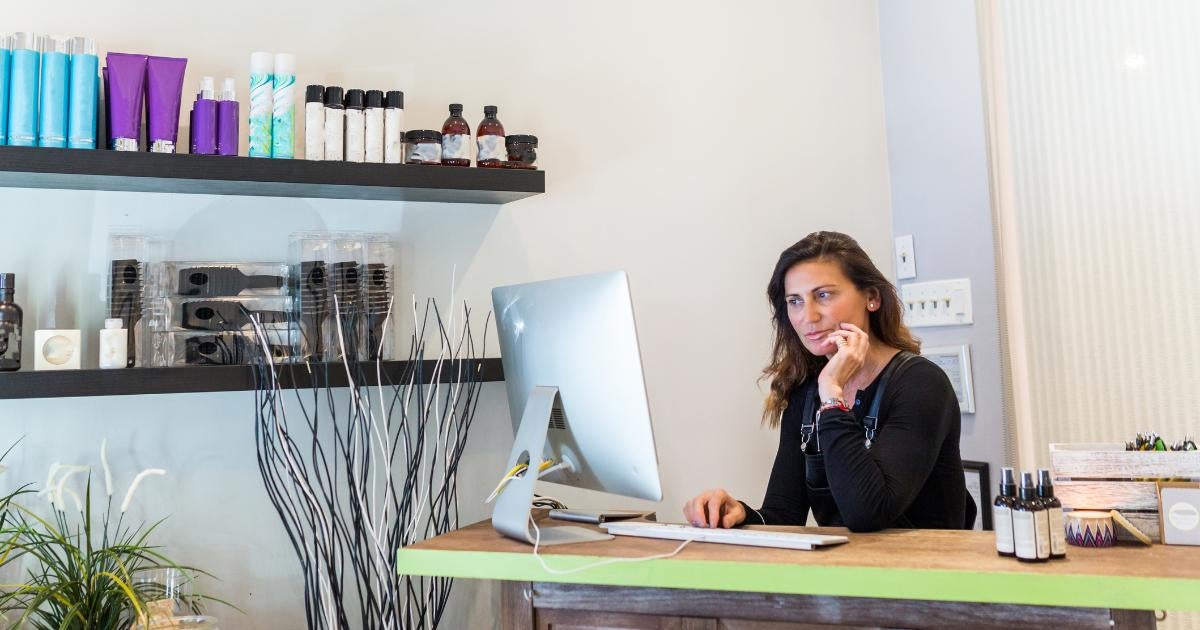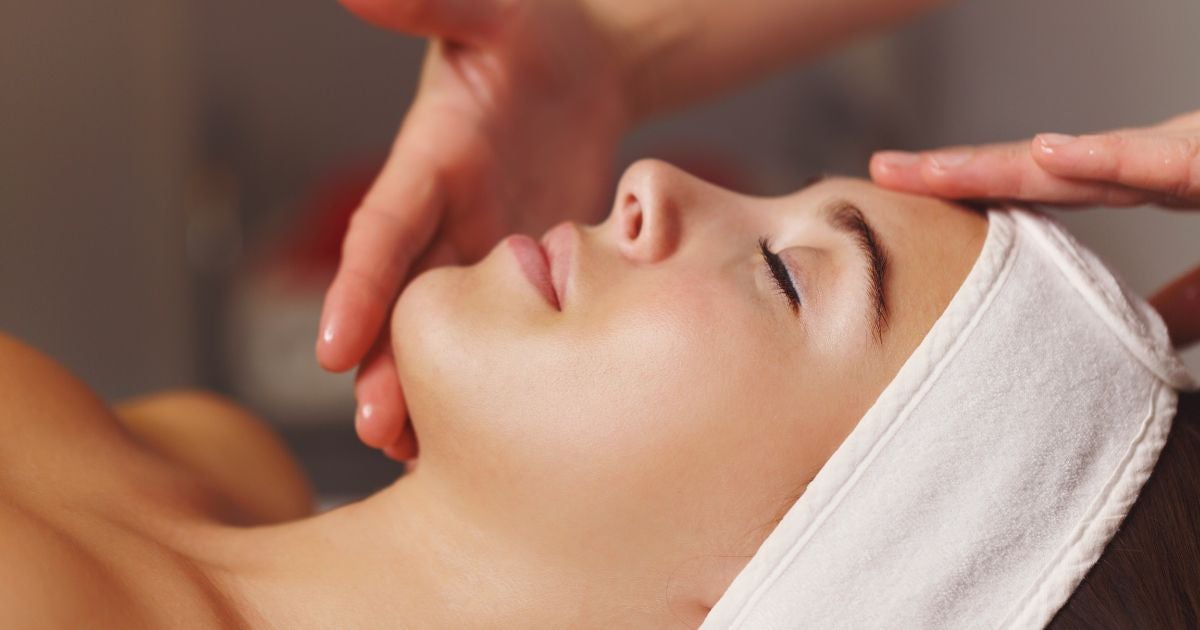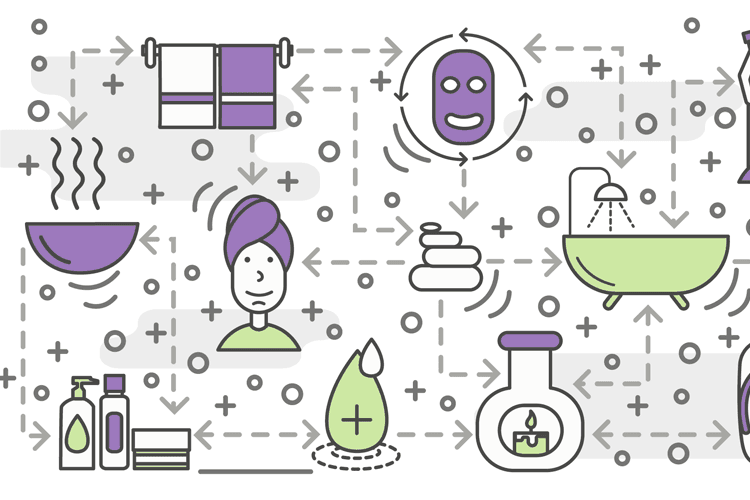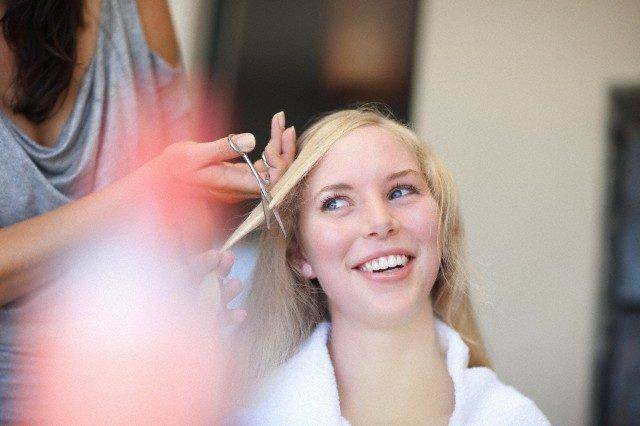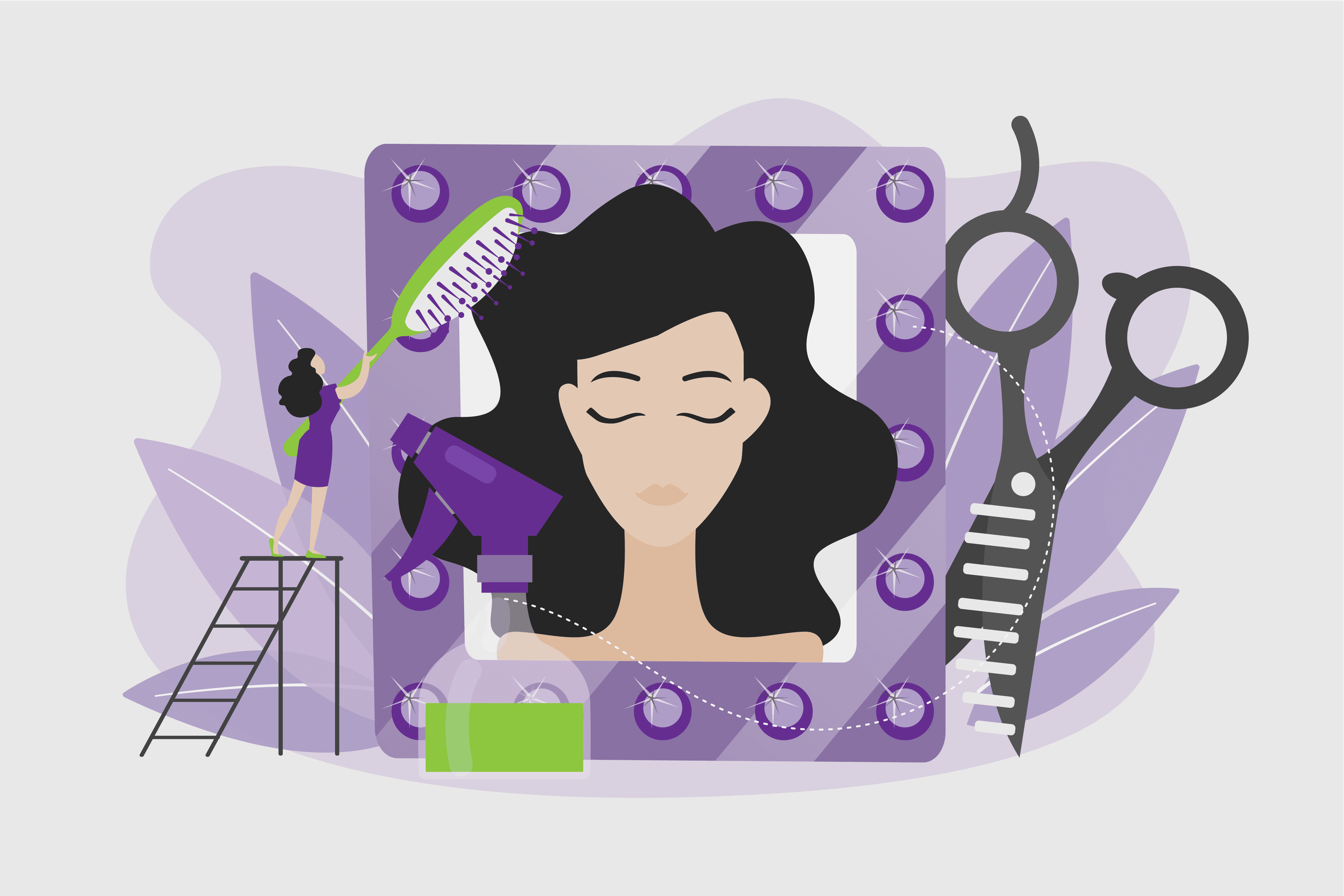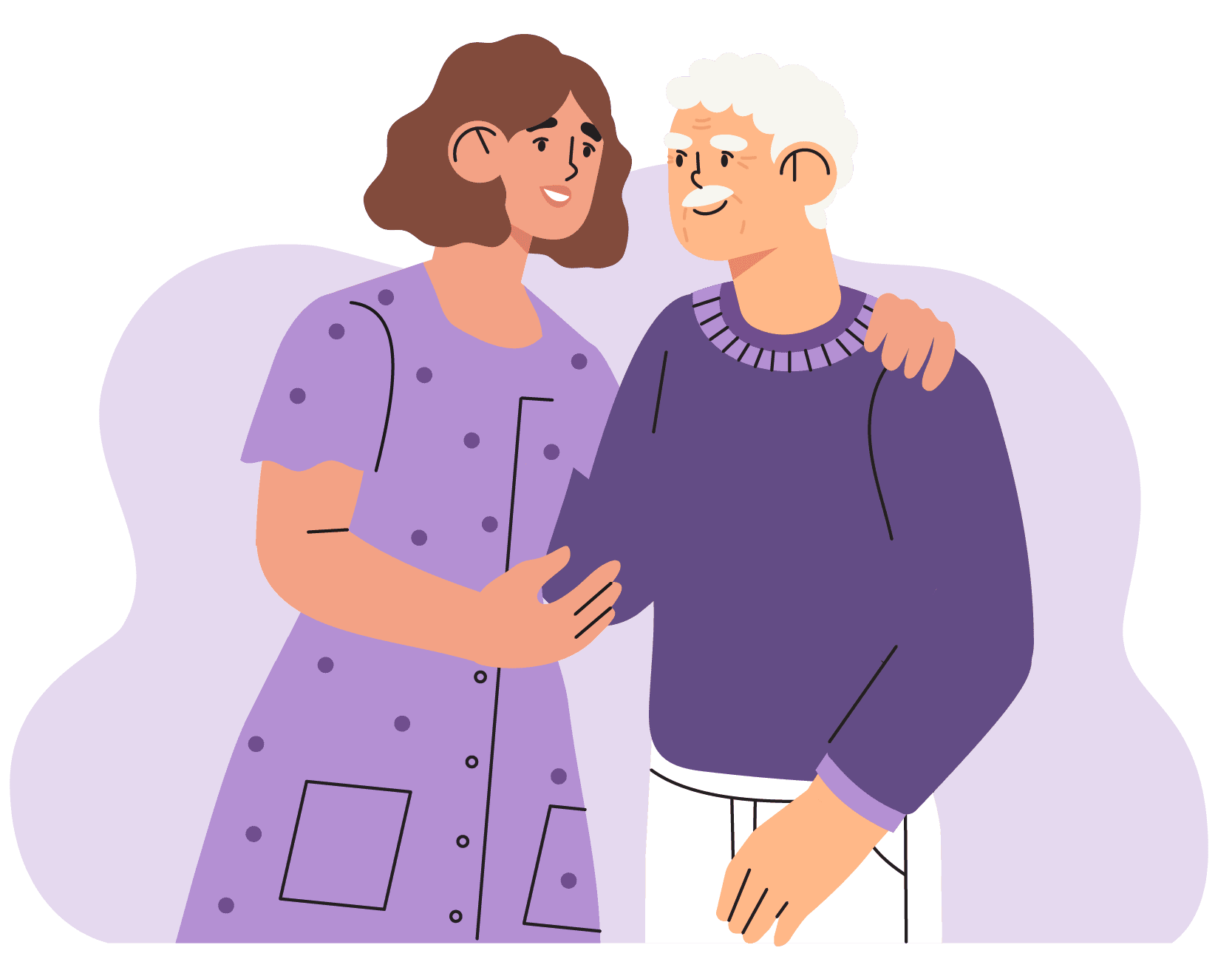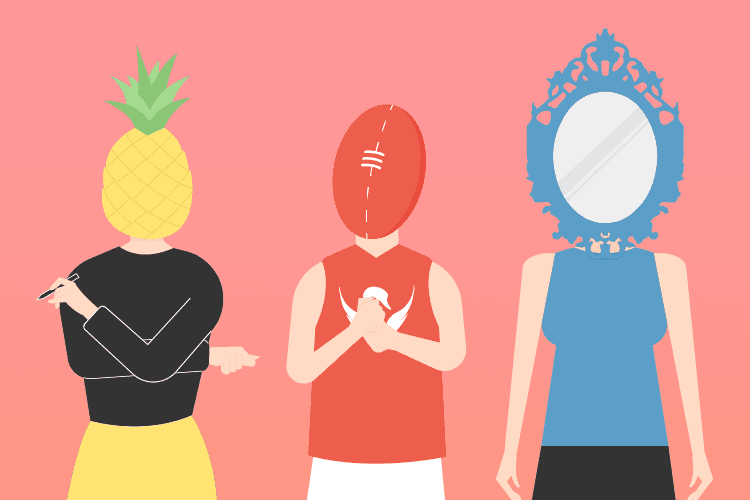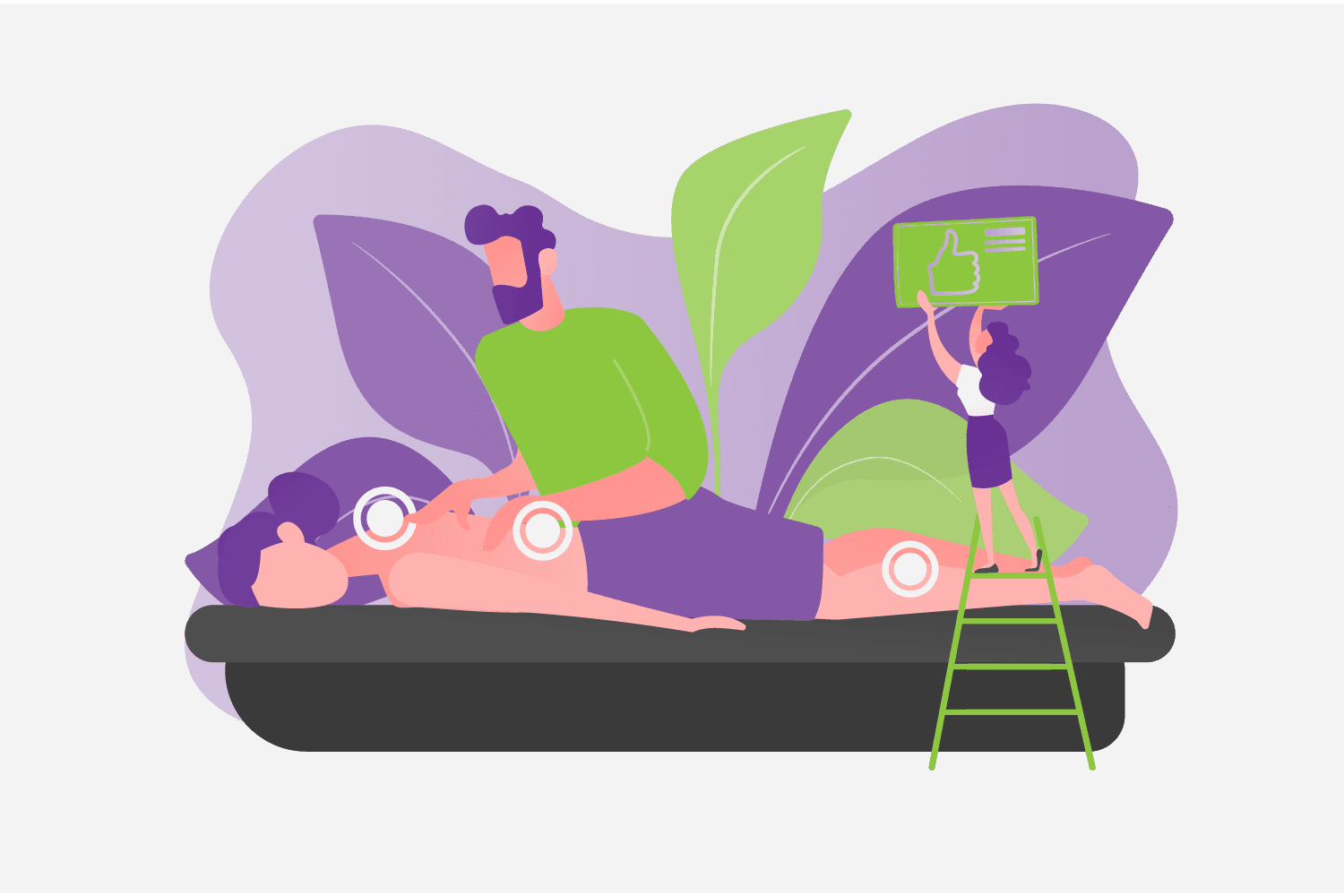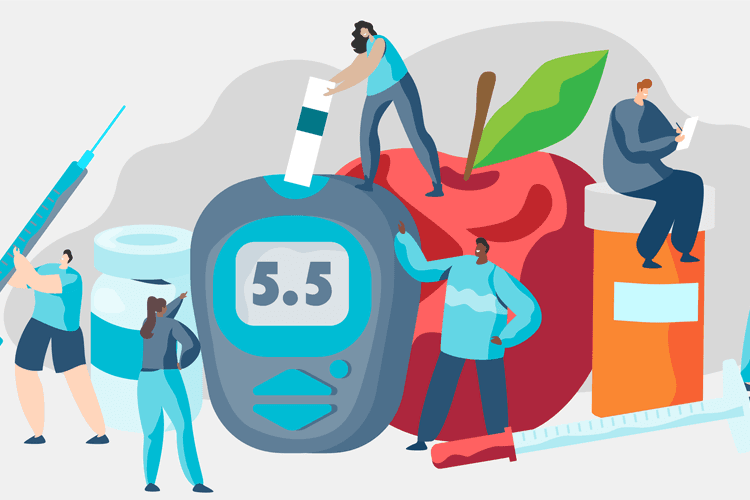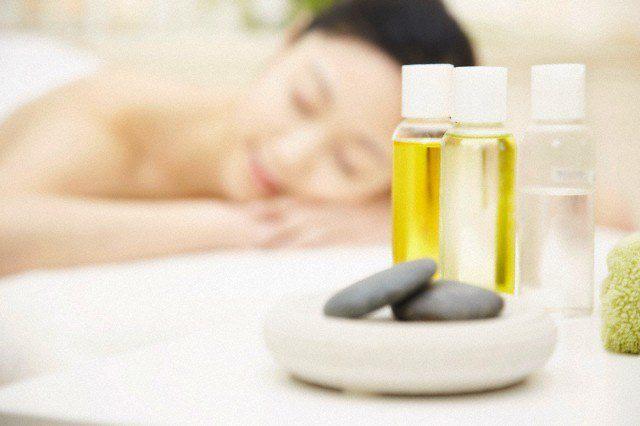Beauty therapist job description
Let’s get real. Job information online can often be overly optimistic — conveniently glossing over the raw bits. But when you’re making decisions about your future, you need all the facts.
That’s why we anonymously surveyed beauty therapists about their job, with hopes of getting an honest insight into what it’s really like.
While we did our best to ensure respondents were Australians and verified their job titles with proof of employment, we can’t guarantee complete accuracy — or that your experiences in the field will reflect theirs. So, we suggest that you take these insights as a guide only and try to talk to people in the field before making an important decision.
Tasks and responsibilities for a beauty therapist
A day in the life of a beauty therapist involves appointments with individual clients, assessing their needs and providing the treatment required to achieve their desired outcome. Typically working in a salon or spa, to begin with, beauty therapists can often branch out into specialised areas and even go into business for themselves.
So, what do beauty therapists do? Some responsibilities of a beauty therapist are:
- Conducting client consultations
- Analysing skin and conducting beauty assessments
- Performing face and body treatments
- Removing body hair
- Scheduling appointments, maintaining client records and administration tasks
- Managing client relationships
- Monitoring and replenishing stock
- Giving manicures and pedicures
- Upselling treatments and selling product
- Keeping a clean and hygienic work area
How to become a beauty therapist
-
Study
An accredited beauty therapy course through a TAFE or RTO (registered training organisation) introduces all areas of beauty therapy and can significantly improve job prospects. Programs like a Certificate III in Beauty Services (SHB30115), a Certificate IV in Beauty Therapy (SHB40115) or a Diploma of Beauty Therapy (SHB50115) cover a broad range of skills and enable students to find the right fit for their career plans.
-
Apprenticeship
Several beauty therapy qualifications are also available as an Australian Apprenticeship. Apprenticeships allow students to earn money and learn simultaneously and provide on-the-ground experience straight away. Apprenticeships, like other jobs, are often advertised on job boards.
-
Work experience
Contact some local beauty clinics and enquire about offering some of your time to help out. You may have to start on some small jobs like cleaning work areas or reception, but work experience is a great way to gain industry knowledge and may lead to future employment such as an apprenticeship.
Pathway options
In the beauty industry, there are different beauty therapist levels.
While beauticians and beauty therapists provide clients with a vast selection of services, you could move into a more advanced, specialised role with experience and further study.
Diploma-level beauty therapists have a more comprehensive knowledge of all aspects of beauty therapy. Specialists like dermal therapists offer skin treatments such as needling, laser and chemical peels.
A job as a beauty therapist can open up many job avenues. Some beauty therapy career pathways could be:
Junior
-
Eyelash and eyebrow technician
Most common qualification: Eyelash or eyebrow certificate
-
Nail technician
Most common qualification: Certificate III in Nail Technology (SHB30315)
-
Beautician
Most common qualification: Certificate III in Beauty Services (SHB30115)
Mid
-
Beauty therapist
Most common qualification: Certificate IV in Beauty Therapy (SHB40115)
-
Makeup artist
Most common qualification: Diploma of Beauty Therapy (SHB50115)
-
Senior beauty therapist
Most common qualification: Diploma of Beauty Therapy (SHB50115)
-
Laser therapist
Most common qualification: Certificate IV in Beauty Therapy (SHB40115)
-
Special effects makeup artist
Most common qualification: Diploma of Screen and Media (Specialist Make-up Services) (CUA51020)
-
Dermal therapist
Most common qualification: Diploma of Beauty Therapy (SHB50115)
Senior
-
Dermal clinician
Most common qualification: Bachelor of Health Science (Dermal Therapies)
-
Salon or spa manager
Most common qualification: Diploma of Salon Management (SHB50216)
-
Cosmetic nurse
Most common qualification: Bachelor of Nursing
-
Laser technician
Most common qualification: Diploma of Beauty Therapy (SHB50115)
Explore related qualifications
Certificate IV in Beauty Therapy
A Cert IV in Beauty Therapy (SHB40115) delves deeply into a range of beauty therapy treatments and services, including lash and brow treatments, nail services, makeup, massage and waxing. Graduates can effectively communicate with clients to recommend services and sell skin-care and cosmetic products.
This qualification prepares the learner for an independent role as a beauty therapist who provides finely tuned honed technical skills and rarely needs guidance from others.
The average course duration is 12 months full-time and can be available as an Australian Apprenticeship. This course can be delivered in a combination of virtual and face-to-face classes and involves valuable hands-on experience.
Depending on the training establishment, government subsidies and payment plans may be available to eligible students.
1 providers offer this course

Related subjects
Many jobs in the beauty industry can offer great career potential. No matter what role you embark on, all areas of the beauty sector need newcomers with enthusiasm and fresh ideas.
Some other careers to explore:
Related articles
If a social job that allows you to exercise your creative flair and love for beauty products sounds pretty good, a career as a beauty therapist might be perfect for you.
Explore a massive catalogue of articles, resources and short course information to learn more about your new dream job:
Reviews
Reviews are from Australian workers with this job title or a very closely related one.
Is this your job title?
Share your thoughts and help people decide if this job is right for them.
- All
- Positive
- Negative
Emily
Nov 08 2021You'll never get tired of making people feel good.
What are the best parts of the job?
There is so much job satisfaction in making people feel good. A client's happiness post-treatment, whether it be from a fresh set of nails or a rejuvenating facial, you'll never get tired of the positive feedback. New products and treatments, along with keeping up with the latest trends in beauty keeps the job interesting. You also have pretty flexible hours (depending on the job itself).
What's the most challenging part?
Although the positives far outweigh the negatives, you won't be able to please everyone (and that's okay!). Especially in the beginning, it can be hard to be confident in yourself. But as you continue to build up your experience, you'll also build up your resilience. Beauty therapy can also be quite exhausting work, as you're often on your feet all day. Again, you'll learn how to manage this by learning how to stand a certain way, massge a certain way, etc. Time management can also be tough.
Tori
Nov 05 2021An amazing career that helps clients feel special.
What are the best parts of the job?
Being able to make clients feel better and make them feel more confident and special about themselves after working with them to achieve how they would like to change their looks. Being able to learn in greater detail about taking care of your own skin and other things. Building relations with repeat customers over time.
What's the most challenging part?
Hoping that I won't make a mistake while working with a client and having to remember all the aspects of my job. There is no room for leeway because the results must be excellent.
Leila
Nov 06 2021A fulfilling career with so much potential to grow.
What are the best parts of the job?
Every day is different, and there is so much you can do when it comes to the scope of treatments you can do. If there's one that you're particularly good at, you can always specialised or niche down into that field, for example, massage therapist or nail tech. New industry trends are always emerging too, so you'll never be bored!
What's the most challenging part?
It's a competitve landscape. As beauty is considered a "luxury", it's often the first thing that goes when people are experiencing financial hardship. But if you're exceptional at what you do, there is always clientele that are willing to prioritise their treatments.
